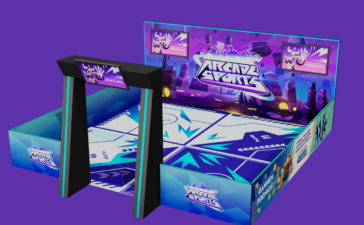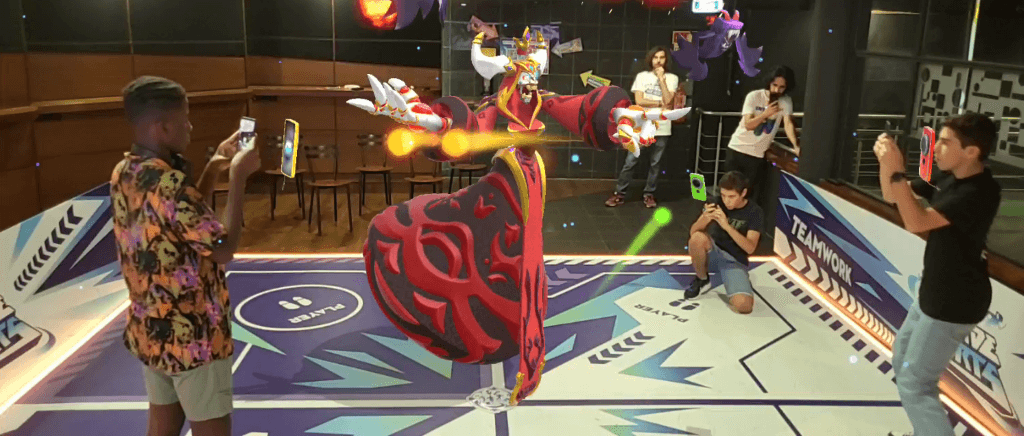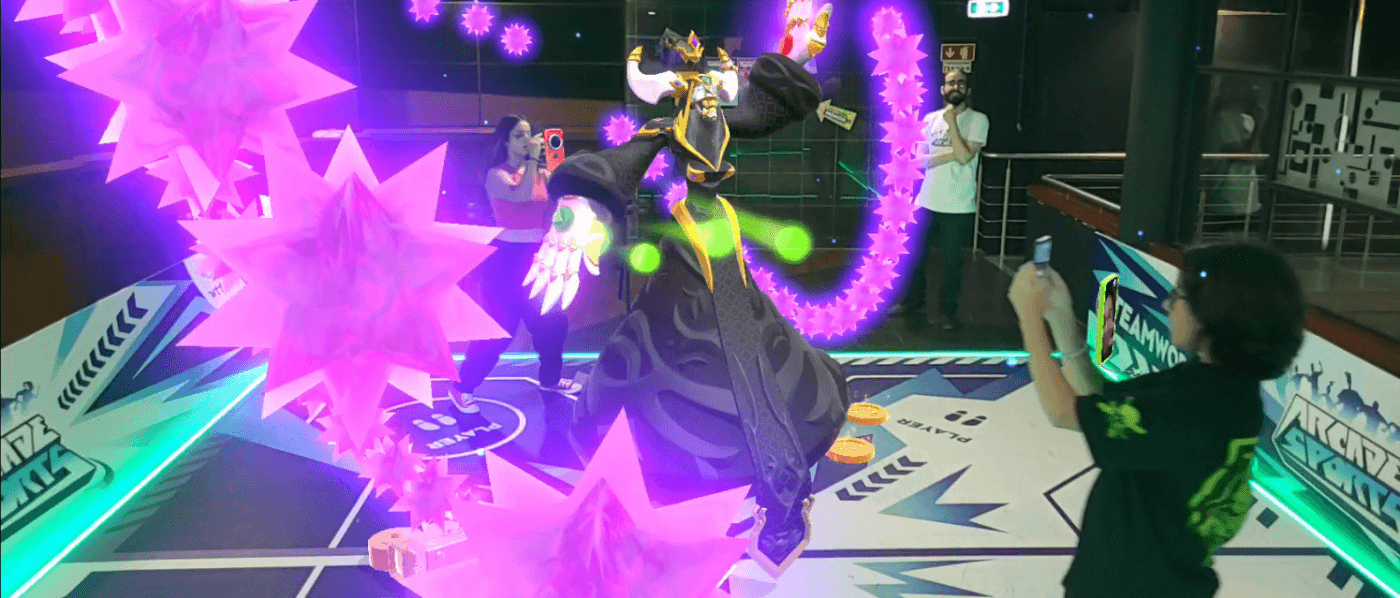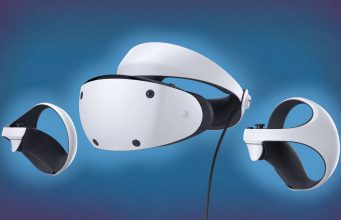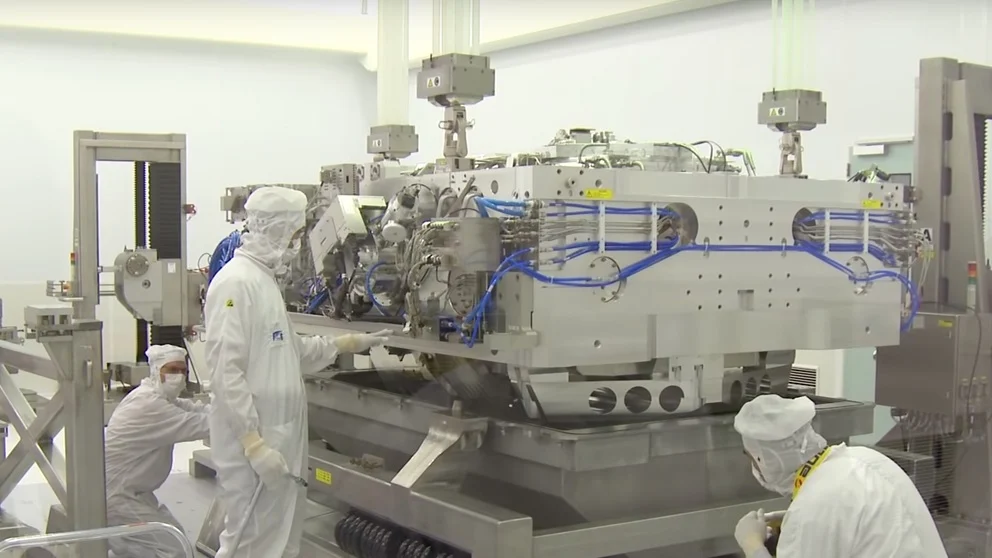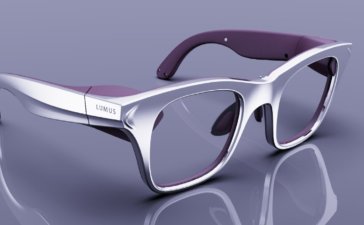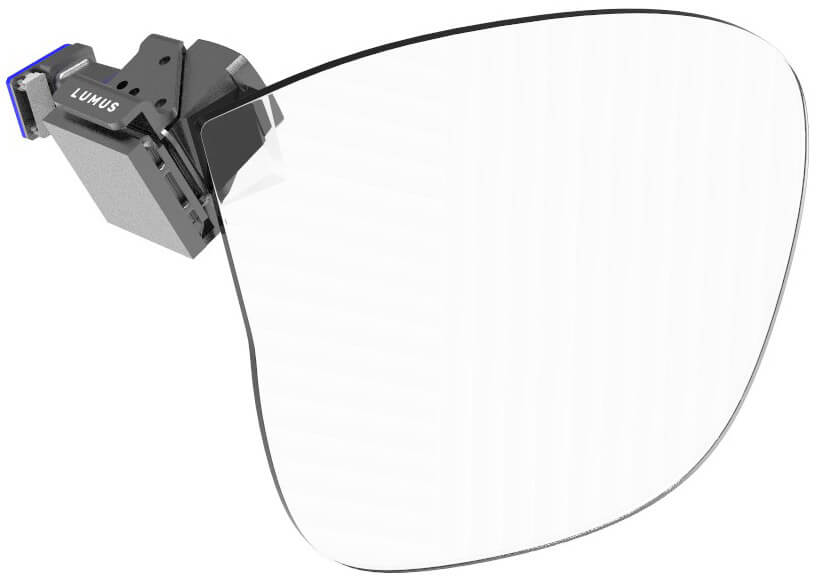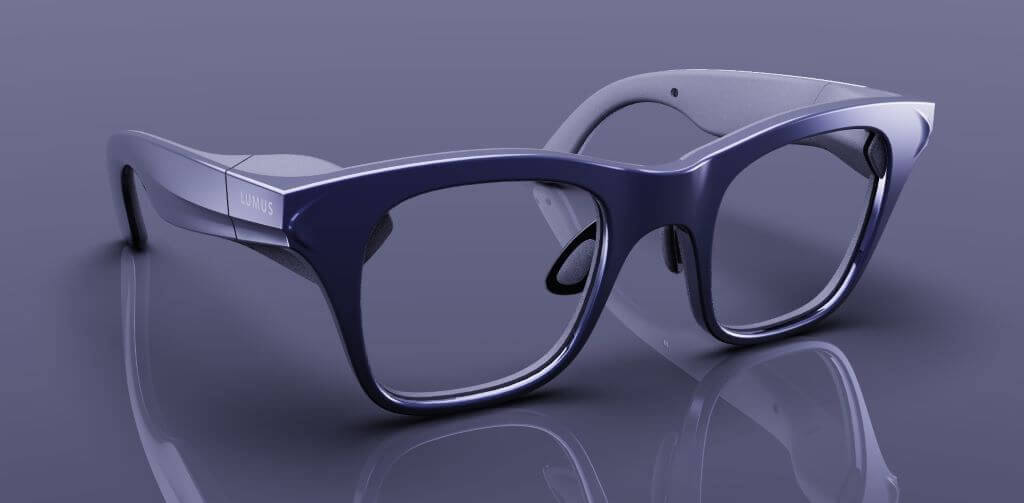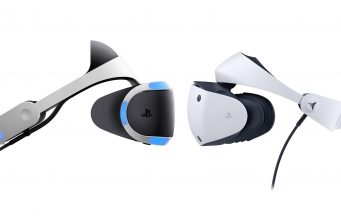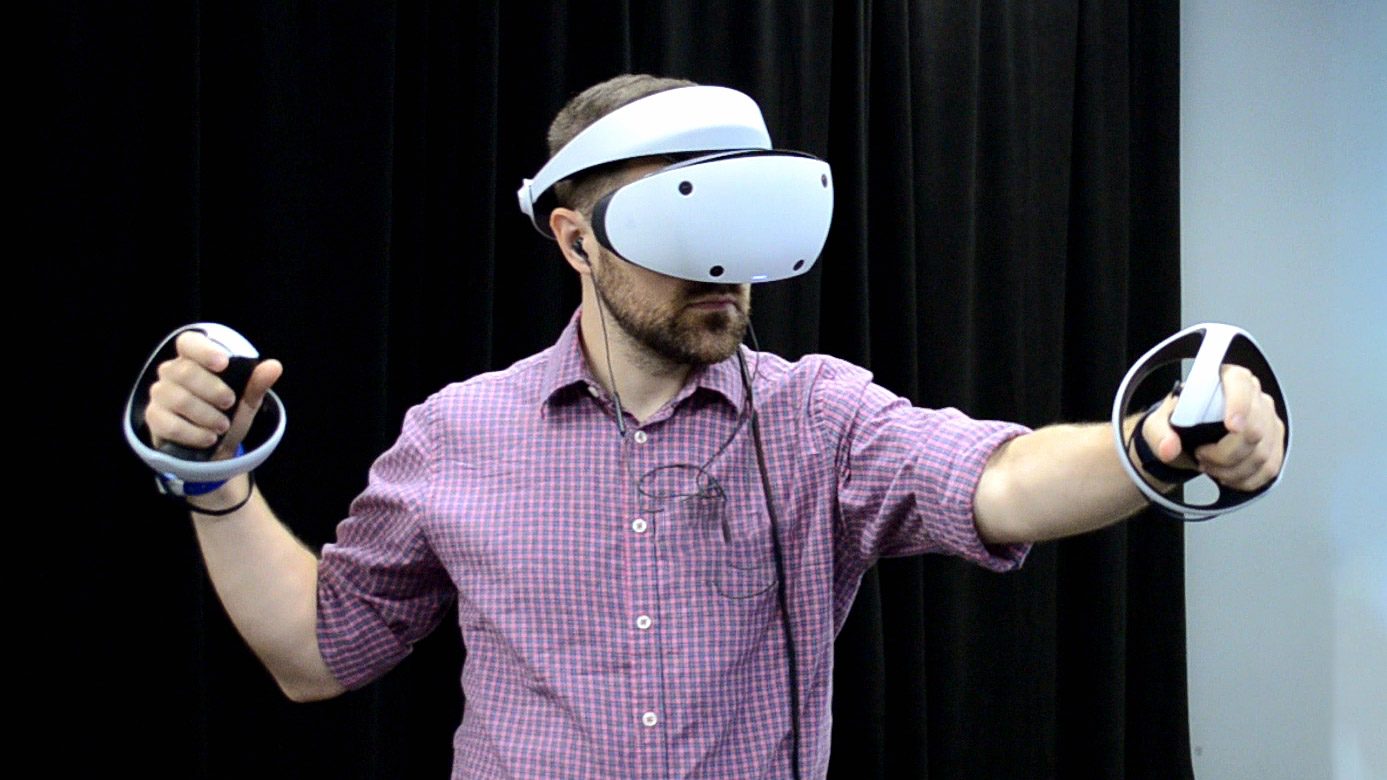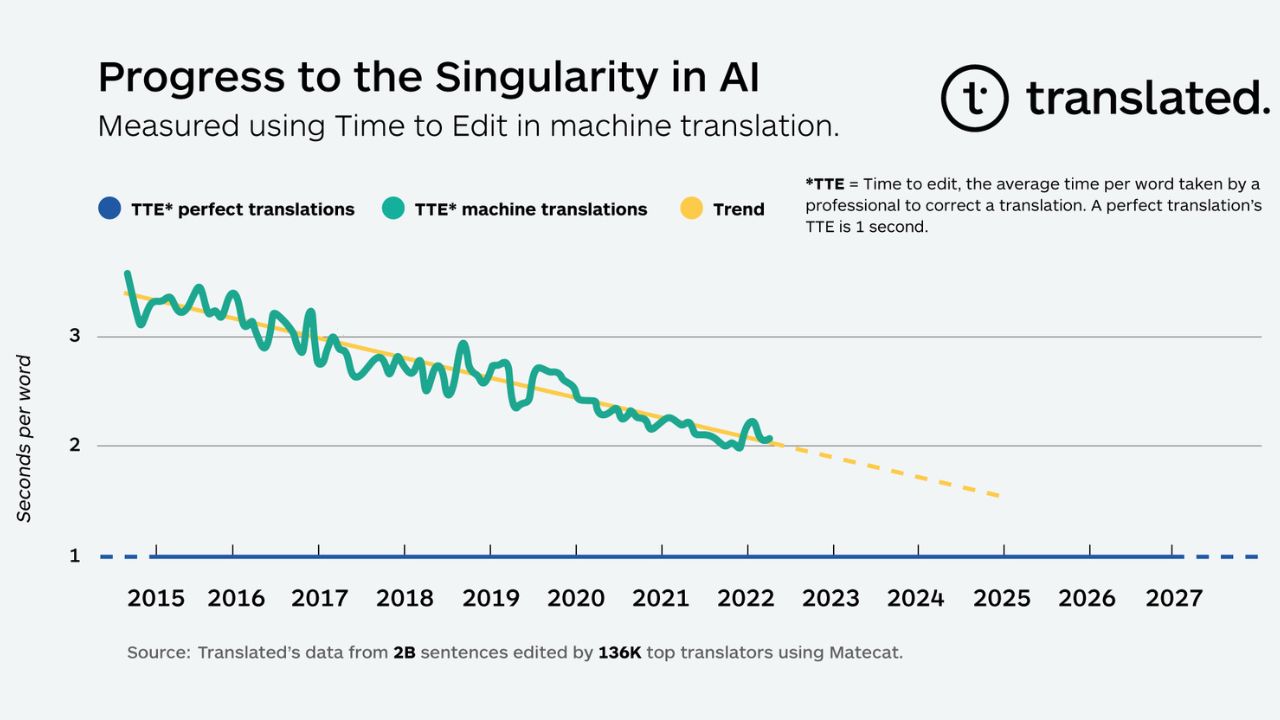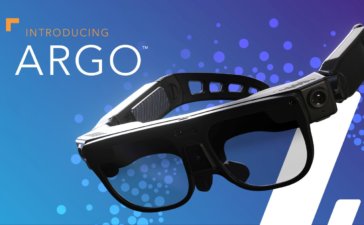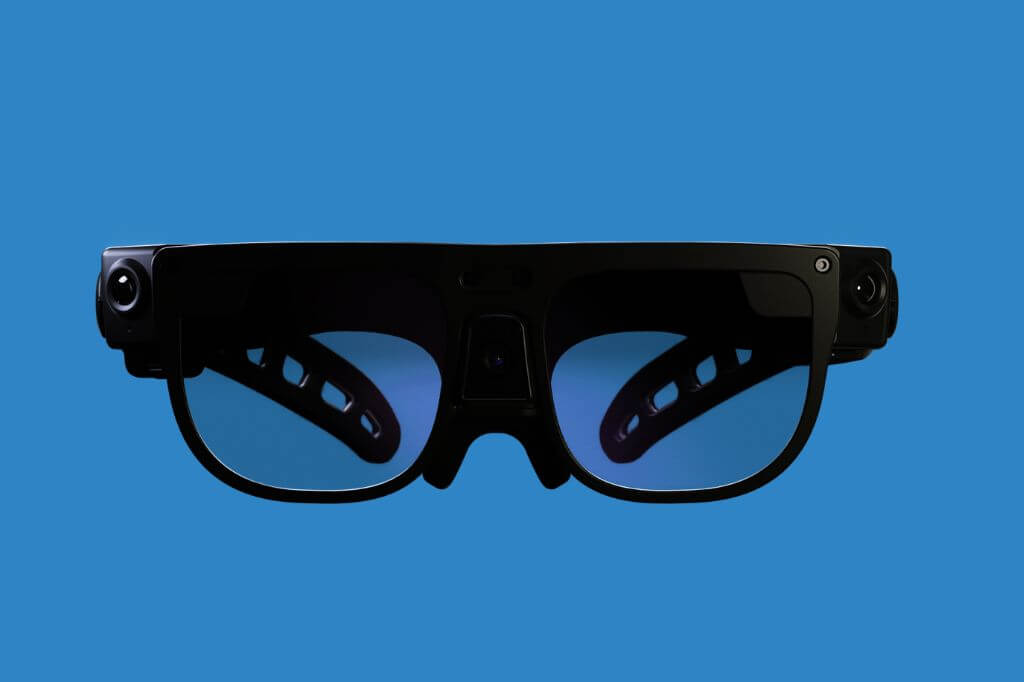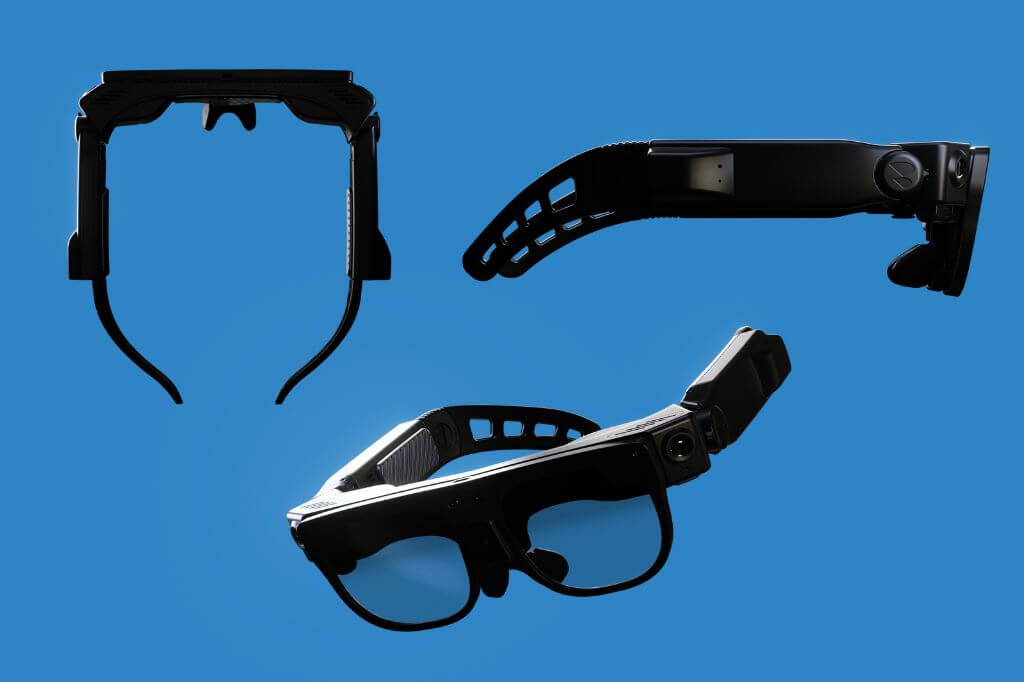CES 2023 Highlights Featuring News and Innovations From Canon, MICLEDI, and NVIDIA
CES is considered the world’s tech event, showcasing groundbreaking technologies and innovations from some of the world’s biggest brands, developers, manufacturers, and suppliers of consumer technology. At CES 2023, attendees saw the unveiling of the latest developments from over 3,200 exhibitors, including technology companies Canon, MICLEDI, and NVIDIA.
Canon Immersive Movie Experience and Immersive Calling Experience
Canon USA has partnered with filmmaker and director M. Night Shyamalan (The Sixth Sense, The Village, and Signs) to create an immersive movie experience for CES 2023 attendees. Featuring M. Night Shyamalan’s upcoming film Knock at the Cabin (which will be in theaters February 3), Canon unveiled Kokomo, an immersive virtual reality software that leverages VR to give users an immersive calling experience.

With Kokomo, users can now connect with their friends and family as if they’re there in person by using a compatible VR headset and smartphone. In a 3D call, Kokomo will emulate a photo-real environment and mirror the physical appearance of the user. CES 2023 participants were able to witness Kokomo in action at the Canon booth, where they were able to have a one-on-one Kokomo conversation with select characters from the movie Knock at the Cabin.
Aside from Kokomo, Canon also unveiled its Free Viewpoint Video System, which creates point-cloud-based 3D models for more immersive viewing experiences in larger areas like arenas and stadiums. At CES 2023, attendees were able to experience the Free Viewpoint System, which allowed them to watch an action scene from Knock at the Cabin from multiple viewpoints.
CES 2023 attendees also had the opportunity to see Canon’s mixed reality system MREAL in action, by experiencing a scene from Knock at the Cabin as if they were a character in the movie.
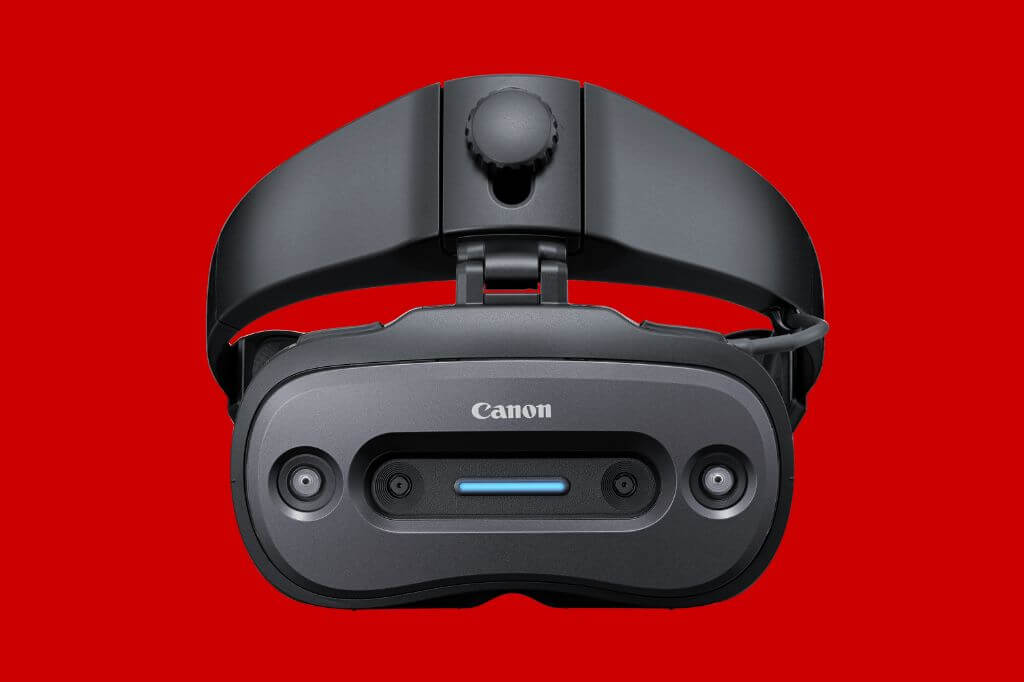
MICLEDI Demonstrates New Red µLEDs at CES 2023
MICLEDI Microdisplays, a technology company developing the microLED displays for the augmented reality market, also showcased its advancements in microLED display tech for AR glasses at CES 2023.
At the event, the company demonstrated its new red microLEDs on AllnGaP starting material. This development is in line with MICLEDI’s aim to create high-performance individual color-performing microLEDs that can be combined with the company’s full-color microLED display module.
Through MICLEDI’s innovations in microLED technology, users can begin to experience clearer and more precise digital images via AR glasses that are more portable and lightweight. The red AllnGaP microLEDs, along with MICLEDI’s three-panel full-color microLED display module, are poised to raise the standards of AR glasses in the coming years.

“There is no one-size-fits-all solution for AR glasses,” said MICLEDI CEO, Sean Lord. “This achievement, with our previously announced blue, green, and red GaN µLEDs, opens the door to a broader offering of display module performance parameters which enables MICLEDI to serve customers developing AR glasses from medium to high resolution and medium to high brightness.”
Demonstration units of both Red GaN and Red AlInGaP were shown at the company’s booth at CES 2023.
NVIDIA Announces New Products and Innovations at CES 2023
NVIDIA announced new developments and NVIDIA Omniverse capabilities at CES 2023. The tech company, which is known for designing and building GPUs, unveiled its new GeForce RTX GPUs, which come with a host of new features that can be found in NVIDIA’s new studio laptops and GeForce RTX 4070 Ti graphics cards. This new series of portable laptops gives artists, creators, and gamers access to more powerful solutions and AI tools that will help them create 2D and 3D content faster.
NVIDIA also shared new developments to its Omniverse, including AI add-ons for Blender, access to new and free USD assets, and an update on the NVIDIA Canvas, which will be available for download in the future.
Aside from these updates, the company also released a major update to its Omniverse Enterprise, which enables users to access enhancements that will let them develop and operate more accurate virtual worlds. This major update is also set to expand the Omniverse’s capabilities through features such as new connectors, Omniverse Cloud, and Omniverse DeepSearch. More new partners are planning to use NVIDIA Omniverse to streamline their workflows and operations. These include Dentsu International, Zaha Hadid Architects, and Mercedes Benz.

Moreover, this January, NVIDIA opened its early-access program for NVIDIA Omniverse Avatar Cloud Engine (ACE), allowing developers and teams to build interactive avatars and virtual assistants at scale.
Demos of VITURE One XR Glasses and Mobile Dock
Aside from these established tech companies, VITURE, a new XR startup that received accolades from CES, TIME, and the Fast Company for its flagship product, the VITURE One XR glasses, also prepared something interesting for the CES 2023 attendees.
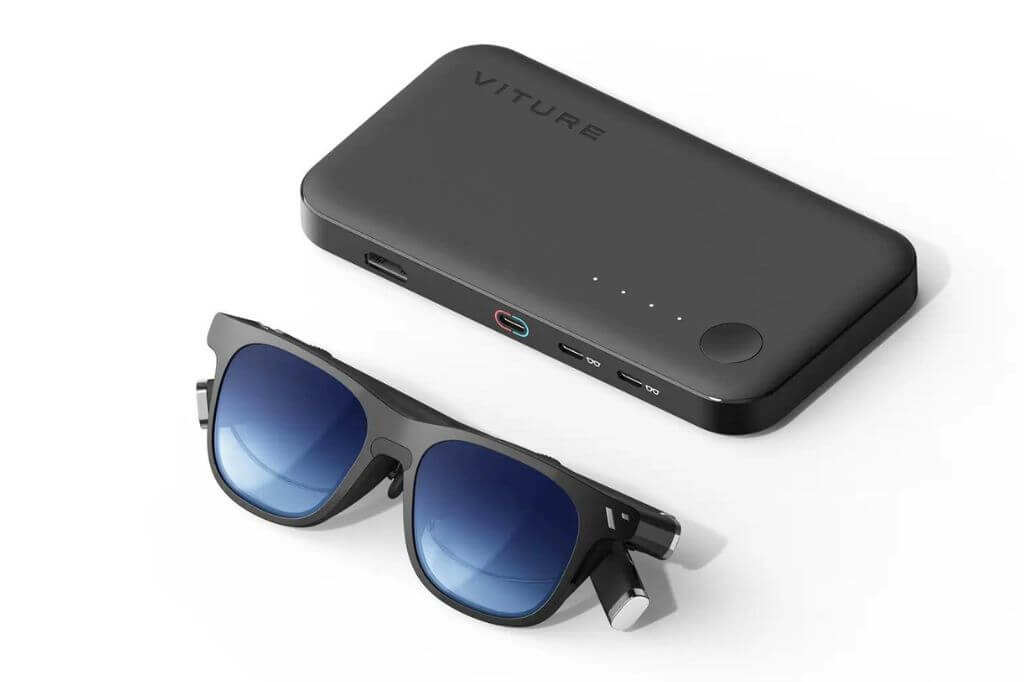
The company made both their VITURE One XR glasses, compatible with Steam Deck, laptops, and PCs, and their Mobile Dock, which introduces co-op play and Nintendo Switch compatibility, available for testing.
CES 2023 Highlights Featuring News and Innovations From Canon, MICLEDI, and NVIDIA Read More »



